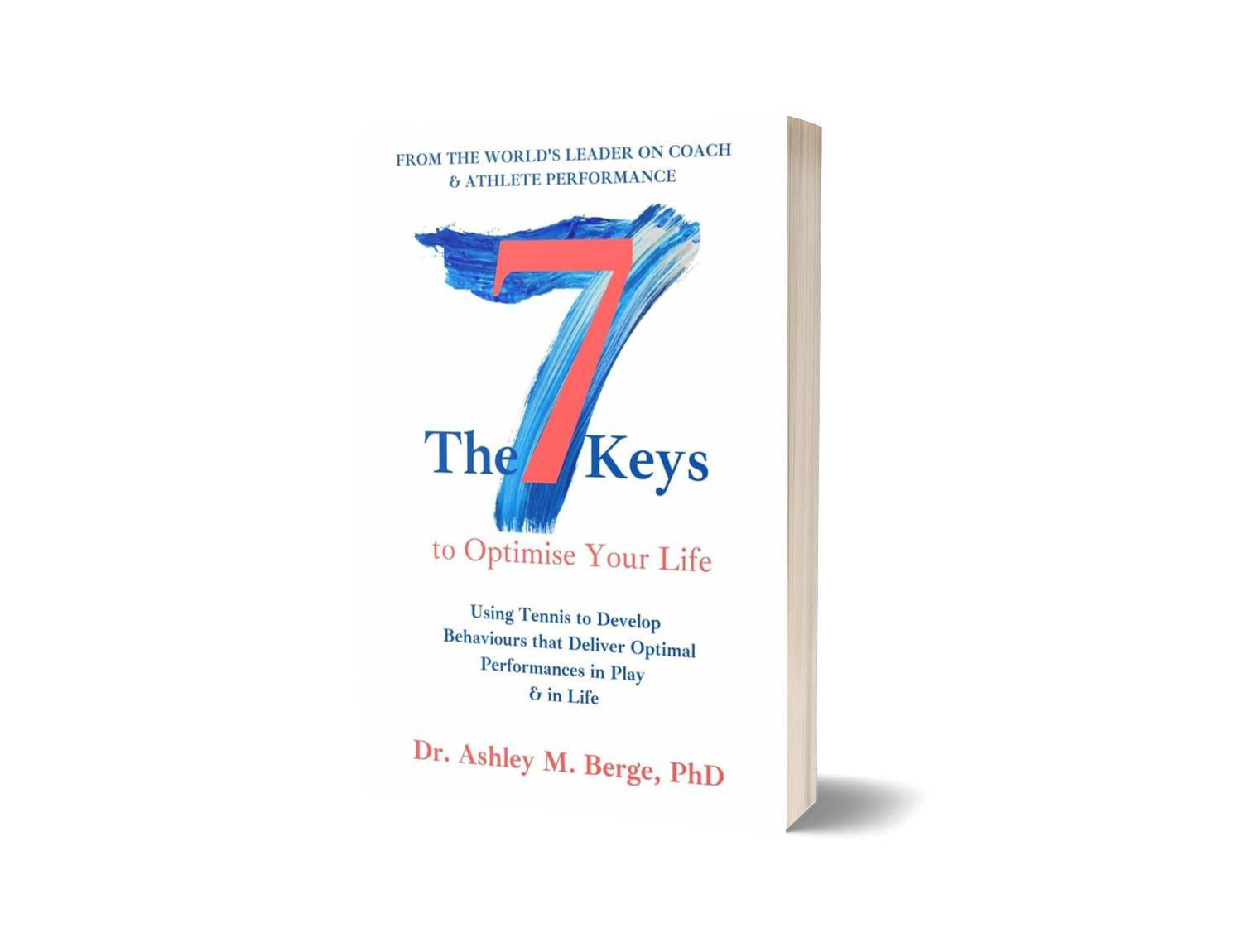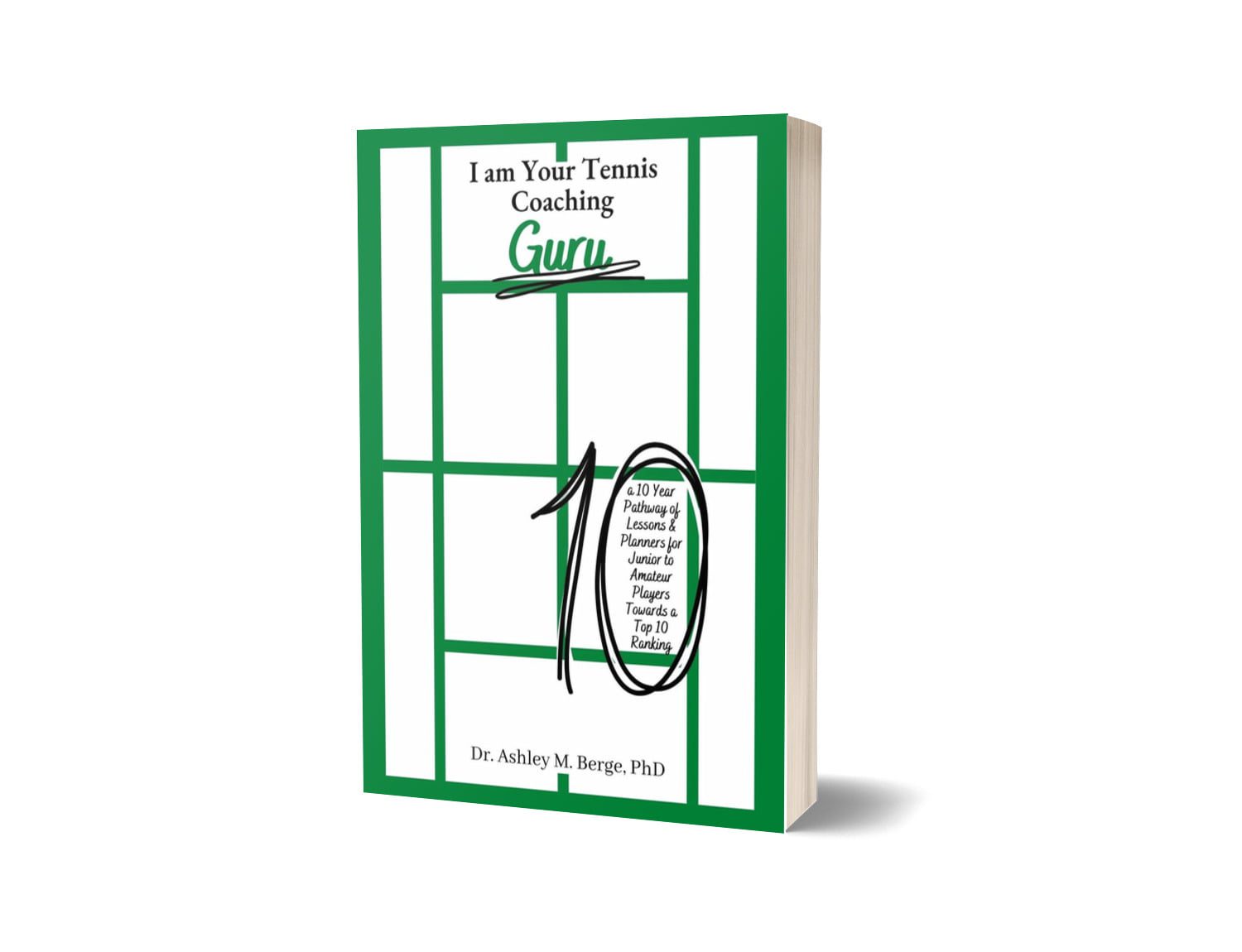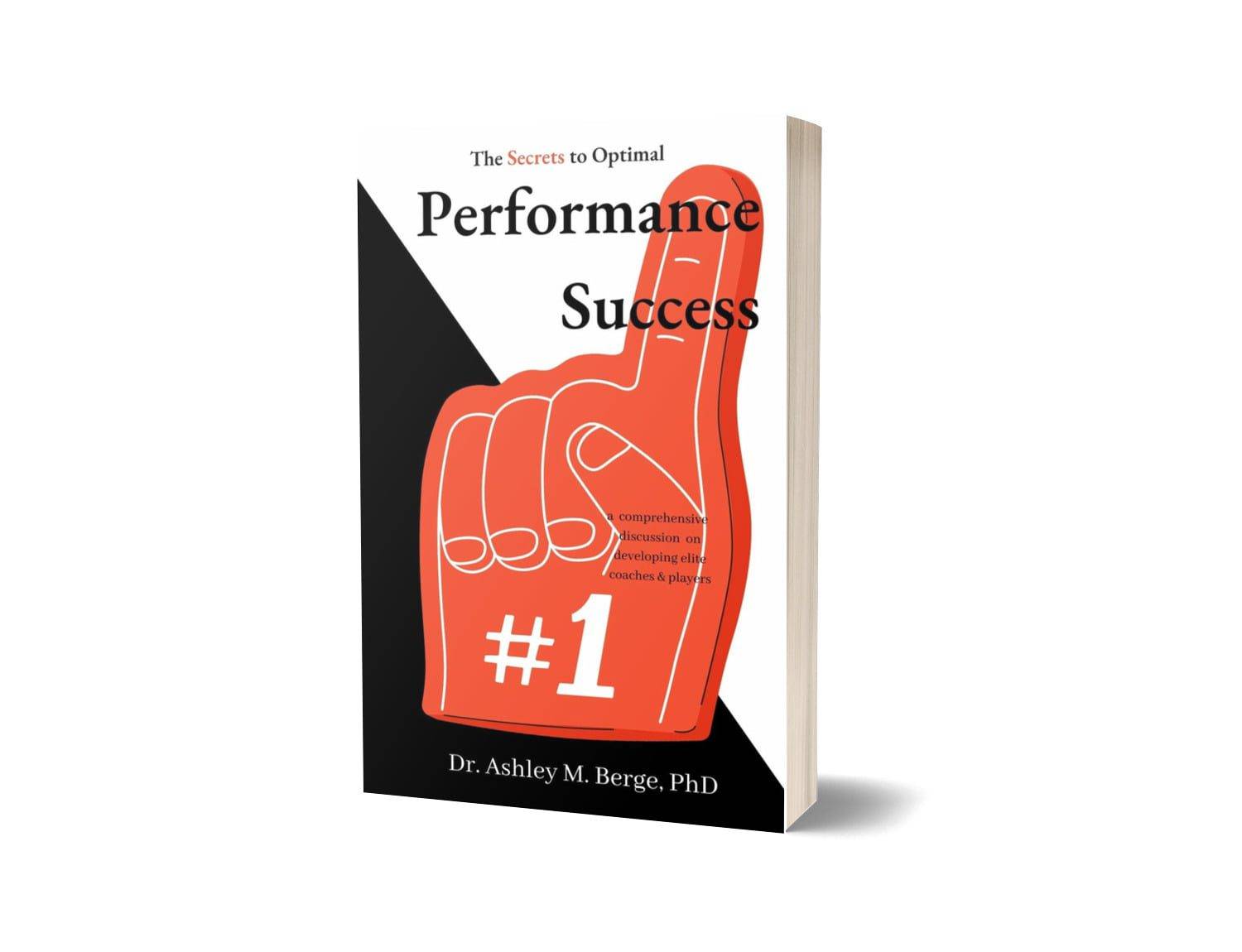
Next up on revisiting the initial foundations is Talent Identification and Depression & Anxiety. Whilst incredibly different, these two topics draw many parallels that can’t be ignored, especially when it comes to the overall health and wellbeing of a player/athlete and the significance of the coach-athlete relationship. But what an ironic combination, right? Although by coincidence with Chapter One of The Secrets to Optimal Performance Success is jam-packed with key fundamentals of and for developing an optimal coach-athlete relationship, these two happen to be addressed chronologically but showcase the diversity to the multifaceted nature of what needs to be discussed to addressed when developing the elite tennis player and/or athlete — irrespective of what stage they’re at on The Pathway.
The thing is the responsibilities of the coach just went up a level — if they’re doing it right. From redirecting pathways that are set on the Talent Identification system to providing alternatives and then the personal turmoil that often unfolds if a tennis player doesn’t make the cut with their self-worth placed in quiet a vulnerable position. Yet if a player’s mental conditioning is worked on and remains not single-minded it can equip a player with the skills to handle these type of scenarios, however brief they may be and/or viewed as otherwise by the coach. Trust me, it’s going to mean a disproportionate amount of heartbreak when this happens that may later lead to bouts of depression and/or anxiety.
Placing a player/athlete at the front of all you do, for the coaches, is critical for their success. It’s not necessarily about what you want as a coach — it’s a discussion to be had with your player and remains a two-way street. This means deviations may happen and you’re working with the player/athlete towards their set objective. We’re here because we want to share and unmask The Pathway towards a Top 10 tennis ranking, so for argument sake, this is what you’re player/athlete is after and they’re determined to see it through. But what about their ability to cope with external environments that are less conducive to their performance? Are there strategies that can be employed to give the player/athlete the tools to better handle these type of ‘uncomfortable’ situations? Whether acknowledged or not, mental conditioning to mental toughness — however you opt to term them, can equally fall under the same banner as ‘mental health’ which can include Depression and/or Anxiety.
The language behind the connotation is important to accommodate the player/athlete and their understanding to interpretation of these phrases. Mental toughness may be viewed as helpful for a player’s performance whilst mental health may be avoided — choose wisely to ensure you’re capable of having the biggest impact.
But what about Talent Identification and its roll in The Pathway and performance progressions? I’ve got some good news and some bad news. The good news is that if you don’t make the cut it isn’t the end of the world, and the bad news is that they’re not as savvy as you may think they are. The thing is as we centre back on the coach-athlete relationship, recall the episodes to date that have encompassed all key parts of The Secrets to Optimal Performance Success and most importantly Episode 3 and Episode 4 that dived into these topics in more detail. However, now that we’ve reached the milestone of being able to discuss these key parts as a whole I can let you in on a few additional secrets. And talent identification has quite a number of them.
The coach-athlete relationship is built on the foundations of longevity whereby the coach and the player/athlete build the type of relationship that allows both to be understood and for the 7 Keys to be progressively conditioned. The relationship, however, feeds into the players performance directly through a coaches pedagogy and their core ideology i.e. my player needs to do “this” to achieve “that”. Of course this has been incredibly simplified but the message is clear — it takes work to build any kind of relationship and it evolves and grows over time. This is one key element the talent identification system does not have nor acknowledges. But the big one that’s missing from the system is the implementation of the 7 Keys. If this was the case, the coach-athlete relationship would remain front and centre. Yet at the same rate, for a player to have established a conducive relationship with their coach and then to be thrown into another mix not only can impact their overall mental health but shines a light on the importance of their mental conditioning to ensure they’re equipped to work through and process these types of scenarios.
To learn more about our data, predictive analytics and how to optimise your own performance, head on over to AM8 International. To learn more about AM8 International check out our selection of Books and/or options to join Dr B’s Pack to gain exclusive access to the best in the world. Not quite ready? Head on over to Beyond Top 10 Tennis for free access to 100+ episodes directly from Dr Berge of what it really takes to win multiple Grand Slams to securing that Top 10 tennis ranking with new episodes each week. More? Catch up on our Tips over on TikTok, Twitter, Threads or Instagram for quick snippets to apply in your game, today.




















